I recently started guest-blogging for a little travel start-up called Go!Places. Here is my first post, which introduces the historic city of Hyderabad. You can also check it out here.
The title of my first post on Hyderabad derives inspiration from two strange sources. The first is my nickname, which was bestowed upon me because of my dislike for modern mainstream Bollywood music.
The second source of inspiration is a locally-made slapstick comedy film called The Angrez, which despite its modest budget and low production values, is an absolute riot. If you want to get an unconventional peek into how Hyderabadis roll, this is one film you should definitely watch.
Pop culture references aside, Hyderabad is a unique fusion of both North Indian and South Indian, and Hindu and Muslim influences, which makes for a very interesting melting pot indeed! Being situated in the Deccan Plateau also shielded it to some extent from political upheavals that frequently affected northern India.
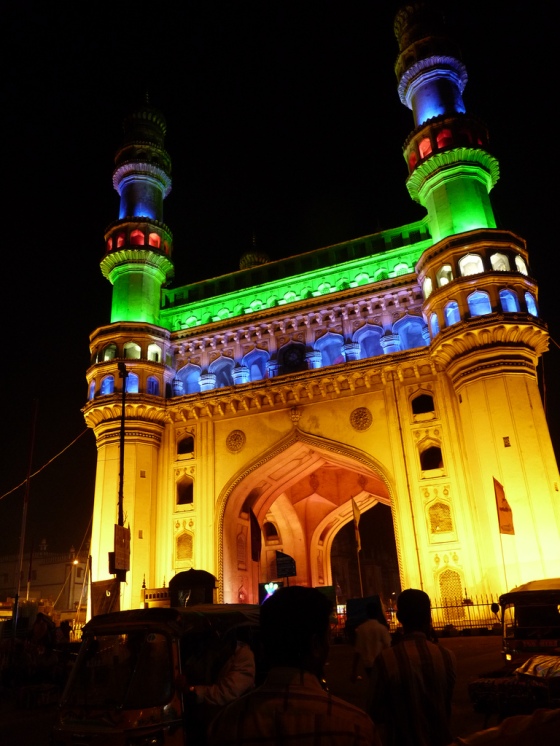
The Charminar, one of Hyderabad’s most famous landmarks (image courtesy: Padma Srinivas)
From the Chalukyas to the Qutb Shahis
The region was ruled at various points in time by the Chalukyas (731-966 A.D), the Kakatiyas (1000-1310 A.D), the Khiljis (1310-1321 A.D), the Tuqhlaqs (1325-1347 A.D), the Bahamani Sultans (1347-1518 A.D) and the Qutb Shahis (1518-1687 A.D).
The city of Hyderabad was established on the banks of the Musi River in 1591 by Muhammad Quli Qutb Shah, the fifth Sultan of the Qutb Shahi Dynasty. He was also responsible for building the Charminar, which has gone on to become the symbol of Hyderabad, Purana Pul, and Mecca Masjid.
The Qutb Shahis reigned until 1687, when Aurangzeb marched in with a massive army and annexed Golconda Fort after a determined siege that lasted several months.
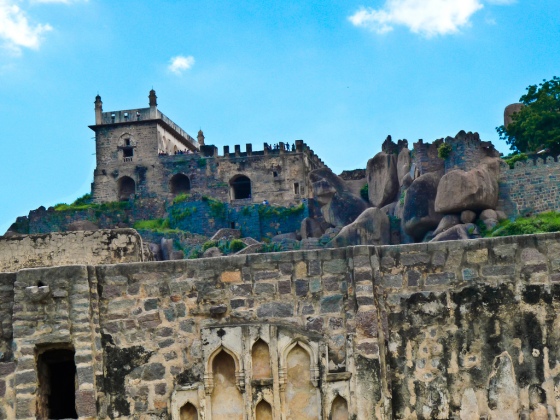
Golconda Fort (image courtesy: Padma Srinivas)
The Nizam Era
Barely four decades later, in 1724, Asif Jah, a Mughal viceroy, proclaimed his independence and broke away from a steadily weakening Mughal Empire. The Asif Jahi dynasty, better known as the Nizams, held sway for the next two hundred years until 1948. During this time, they entered into a subsidiary alliance with the British when they ruled India.
The seventh Nizam’s decision to remain independent after the departure of the British in 1947 proved to be a fateful one. The fear of a potentially hostile state in the very heart of the newly-formed Indian Union led to the launch of Operation Polo by the Indian Army.
Eventually, Nizam Mir Usman Ali was forced to concede defeat and signed the Instrument of Accession, bringing down the curtain on a momentous era in Hyderabad’s history.
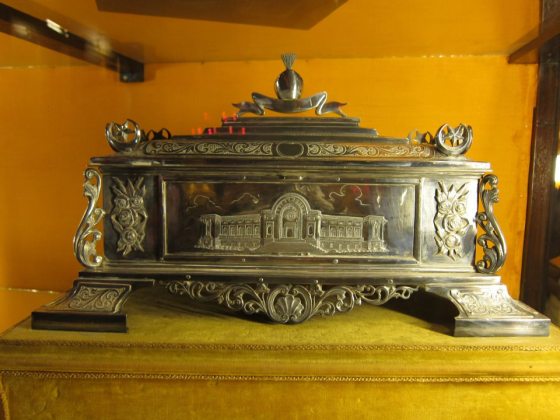
Anyone wishing to present a message or petition to the Nizam had to give it to him in an elaborate silver casket. This is one of the MANY on display at the NIzam’s museum in Purani Haveli. (Image courtesy: Ajit Nathaniel)
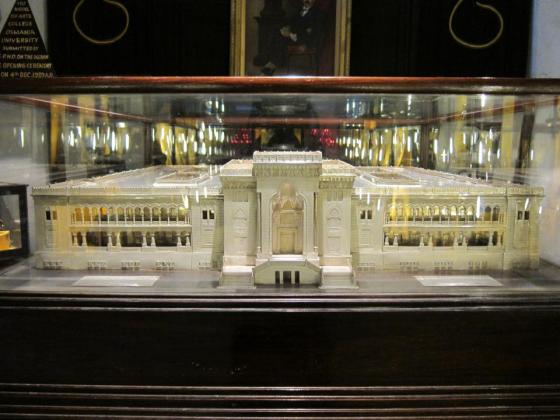
A silver model of Osmania University at the NIzam’s museum in Purani Haveli. (Image courtesy: Ajit Nathaniel)
The Angrez Roams Around
Most of the dynasties that ruled Hyderabad reigned long enough to make a unique impression on the region’s art, architecture, cuisine and heritage. Over the next few months, I shall explore this historically wonderful city and seek out both the well-known and the little-known cultural gems that it has to offer. I shall also be reliving some of my experiences during the course of my two and a half year stay here.
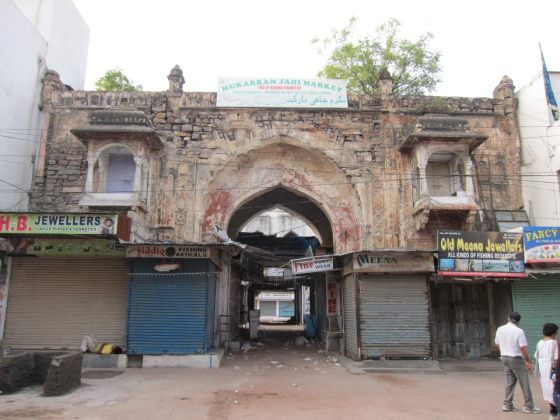
Jilloo Khana Gate. Once a majestic entrance gateway, this forlorn structure is one of the many examples of Hyderabad’s lovely, yet deteriorating heritage (Image courtesy: Ajit Nathaniel)